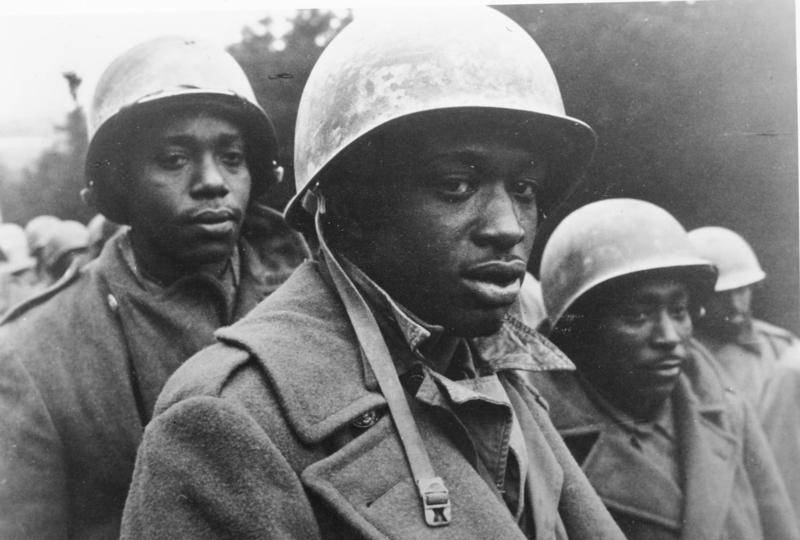

This was a final, risky throw of the dice, as many veteran units were pulled from the Eastern Front for this assault. It was hoped that a sufficient blow against the Americans would cause doubt on the homefront.

The main focus of the attack would be the American forces who were viewed as weaker than the British. The goals were to assault the British and American forces, divide them, and capture the crucial port of Antwerp before defeating each force and negotiating peace with the Western allies, then turn all of their forces toward the fight in Russia. The Situation Battle of the BulgeĮager to duplicate the successes of 1940, when panzer formations outflanked the French Maginot Line fortifications with tanks in the same area, the German High Command authorized planning for Unternehmen Wacht am Rhein ("Operation Watch on the Rhine") to commence in early September, 1944. Difficulties were met in the Hurtgen Forest, the ill-starred Operation Market Garden, and their dwindling supply chain, the latter reliant on temporary harbors in France and the crucial port of Antwerp. However, the Allied advance from the west ran into tough resistance following a successful breakout from the Normandy Beachhead and a push through France and Belgium. Patton, December 17, 1944Īfter D-Day, the Allied forces were advancing faster than initially anticipated. raising hell, cutting wires, turning road signs around, spooking whole divisions, and shoving a bulge into our defenses." Time/Life Collection, Ardennes Forest, Belgium. History An American tank moves past another gun carriage that slid off icy road in the Ardennes Forest during a push to halt advancing German troops. Realizing that the Allied advance had slowed to wait for supplies from Antwerp, German Generaloberst Alfred Jodl noticed that the Allies were vulnerable in the Ardennes sector of Belgium, naturally seen as an ideal spot for a massive counter-assault to split the Allies and potentially drive them back to the sea. Combatants | History | Battle Mode Combatants


 0 kommentar(er)
0 kommentar(er)
